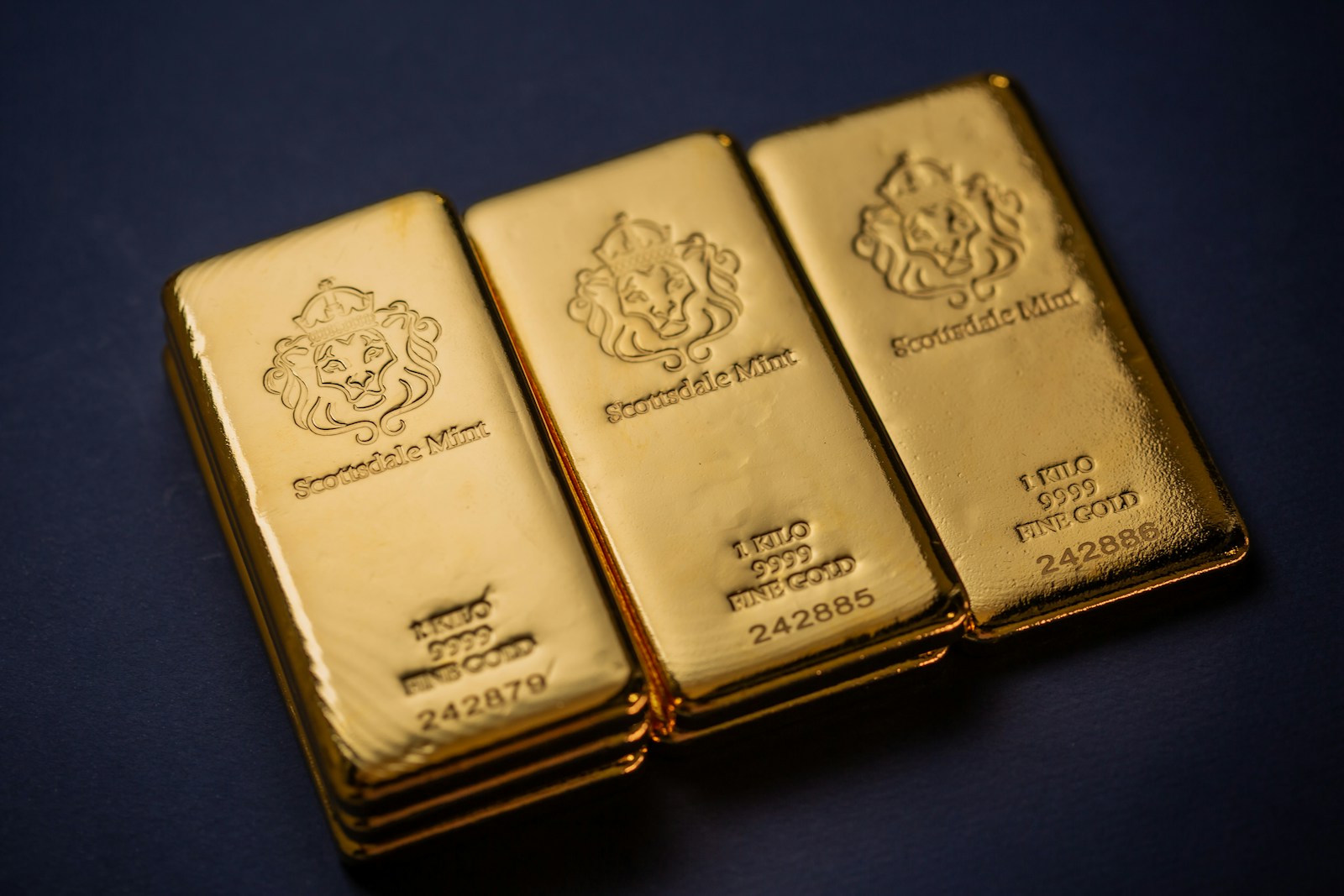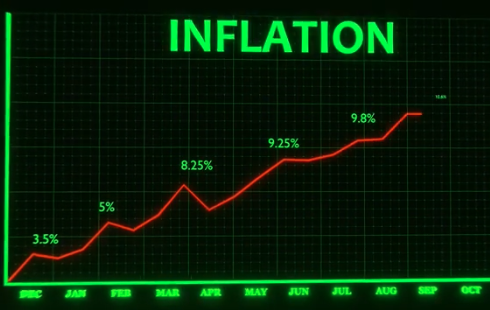Throughout history, precious metals investing has remained a cornerstone strategy for those looking to preserve wealth and diversify their portfolios. Gold, silver, platinum, and palladium continue to captivate investors seeking stability in our constantly shifting financial world. Whether you’re considering your first investment or simply exploring options, this guide offers newcomers a straightforward, reliable overview of precious metals investing to help you navigate this enduring asset class with confidence.
Understanding Precious Metals as Investments
What Are Precious Metals?
Precious metals are scarce, naturally occurring metallic elements that command high economic value. The
investment market primarily focuses on gold, silver, platinum, and palladium. Their enduring appeal stems from their relative scarcity, practical industrial applications, and intrinsic value that remains recognized across different cultures, borders, and monetary systems.
Why Invest in Precious Metals?
People typically turn to precious metals for several compelling reasons:
- They serve as a natural hedge against inflation when paper currencies lose purchasing power
- They provide crucial portfolio diversification to balance riskier investments
- They function as safe-haven assets during economic downturns or market volatility
Key Takeaway: Unlike stocks and bonds, precious metals often follow independent price movements, potentially offering stability when conventional investments struggle.
Popular Forms of Precious Metal Investments
Physical Bullion: Bars, Coins, and Rounds
Physical precious metals come in several distinct forms. Bars are solid rectangular ingots of pure metal available in weights ranging from a few grams to several kilograms. Coins are government-issued currency with legal tender status, while rounds are privately minted coin-shaped pieces without monetary designation. Owning physical bullion provides a tangible asset you can physically possess, though you’ll need to consider secure storage solutions and potential insurance expenses.
Paper and Digital Alternatives
If you prefer exposure without physical possession, several options exist, including ETFs (Exchange-Traded Funds), mining company stocks, and digital tokens backed by physical metals. These alternatives typically offer greater liquidity and eliminate storage concerns, though they introduce counterparty risk and remove the aspect of direct ownership.
Factors to Consider Before Investing
Purity, Weight, and Authenticity
When purchasing physical precious metals, metal purity (such as .999 fine silver) and accurate weight represent crucial considerations. To protect your investment, always buy from established sources and verify authenticity through recognized mints or reputable dealers with strong track records.
Storage and Security
Secure storage options range from home safes and bank deposit boxes to professional vaulting services. Your selection should strike a balance between accessibility, cost-effectiveness, and security based on your investment size and personal comfort level.
Liquidity and Resale Value
Think about how readily you can convert your investment back to cash when needed. Several factors influence resale value, including the metal’s condition, current market demand, and dealer premiums over spot price.
How to Get Started: Steps for New Investors
Setting Investment Goals
Before diving in, clearly define your objectives—whether you’re focused on wealth preservation, potential growth, or creating an emergency fund. Many financial experts recommend starting with a modest allocation, typically around 5-10% within your broader investment portfolio.
Researching and Choosing a Dealer
Take time to thoroughly investigate potential dealers, examining their reputation, pricing transparency, and customer service quality. Look for industry certifications or professional memberships that signal adherence to established ethical standards.
Making Your First Purchase
When embarking on your precious metals journey, begin by selecting the metal that best aligns with your investment goals. Many first-time investors choose to buy silver bars due to their lower entry price compared to gold, straightforward pricing structure, and efficient storage capabilities. After deciding on your preferred form, compare prices across several reputable dealers to ensure you’re paying fair market value.
Common Mistakes to Avoid
New investors should watch out for several frequent pitfalls:
– Paying excessive premiums above the metal’s current spot price
– Overlooking proper storage and security arrangements
– Making purchases without verifying authenticity
– Investing without considering your future liquidity needs
Building a Resilient Investment Portfolio
Precious metals have earned their place in diversified investment strategies by maintaining value through centuries of economic ups and downs. As you progress on your investment journey, remember that these assets typically perform best as long-term holdings rather than vehicles for quick profits. Consider consulting with a financial professional to determine the optimal allocation for your specific circumstances and risk tolerance.
Photo by Scottsdale Mint; Unsplash







